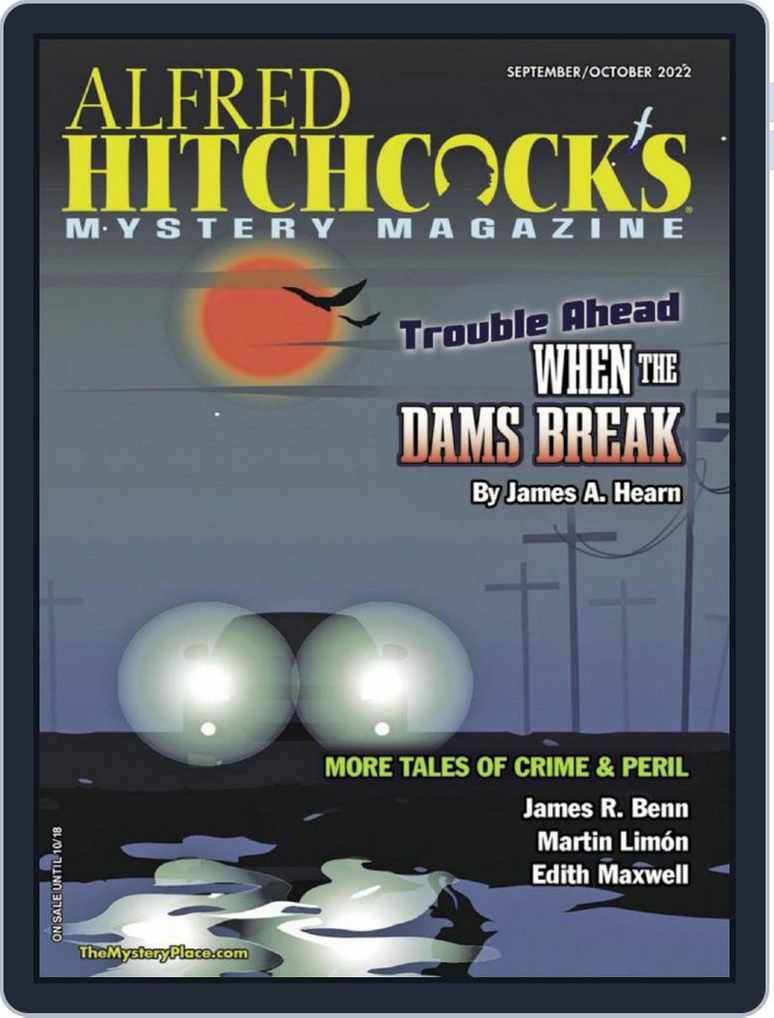As always, I’m curious on how to plot a murder mystery and have been peeking at how death investigations have changed.
Since COVID-19, mystery writers attempting to hide a murder have a different landscape to deal with. If a person is COVID-19 positive, even if they wouldn’t die from the disease - this is far more possible with the Omicron variant - a murder via poison at home would be easier to conceal.
Recently, our jurisdiction changed the rules stating, “Autopsies will no longer be performed on someone who is suspected to have died from COVID-19 unless there is another factor of great significance, such as a homicide.”
So, without evidence of blunt force trauma or anything obviously untoward, a murder via poison in a COVID-19 positive person can be more easily hidden.
Is this true in other jurisdictions?
“During the pandemic, many sick people have stayed at home and died there rather than seeking help at hospitals overwhelmed with coronavirus patients.
“In April in New York City, for example, a reported 200 residents died at home each day, compared with 20 such deaths before the pandemic…If family or friends say the person had symptoms consistent with COVID-19, the coroner's office will typically do a nasal swab to test for the virus, he says. If the test is positive and the office can determine the cause of death without an autopsy, one will generally not be performed.”
A review of the literature shows, “The literature is dominated by appeals for more autopsies to be performed…The main reason for the great reluctance worldwide to perform autopsies seems to be concerns about infectivity emanating from deceased persons.”
In the United States, there’s the added problem of cost, availability of specialists and the vast number COVID-19 deaths.
“Hospitals are not required to provide autopsy services, and in those that do perform them, the procedure’s costs are not directly covered by most private insurance or by Medicare…Added into the mix: The number of experts who can actually perform autopsies is critically low. Estimates suggest the U.S. has only a few hundred forensic pathologists but could use several thousand — and less than one in 100 graduating medical school students enters the profession each year.”
Add to this the fact that there are almost 860k COVID-19 deaths to date, the volume of detailed death investigations, let alone autopsies, of those who die out of hospital would overwhelm the system. So they are not done.
In hospital deaths are also not autopsied but with COVID-19 restrictions on visitors it would be hard to write a plausible mystery involving a murder in hospital.
So if autopsies aren’t done for most COVID-19 deaths, is toxicology conducted?
“How are forensic toxicology tests done? At the time of the autopsy, collection of blood, urine, and tissue samples is done in preparation for the toxicology tests, says Barbarajean Magnani, PhD, MD, chairwoman of the Toxicology Resource committee for the College of American Pathologists.”
So, given the concerns about infection from COVID-19 would collection of samples occur? I have not found evidence to suggest it is done.
While this certainly makes for intriguing options for writing mysteries, it’s a huge loss to science. Fulsome and numerous autopsies are the one crucial way to obtain information about a disease. For scientific purposes, more rather than fewer autopsies should be conducted. However, the limitations of time, personnel, well-ventilated facilities and PPE have limited autopsies and we have lost a great deal of data. Because of this, there’s been a pushback from many to perform more autopsies.
“The results from the analyzed studies show that autopsies are essential in the COVID-19 pandemic. They enable a more differentiated assessment of mortality. More important than the determination of the cause of death, however, is the fact that only the autopsy (including histological and virological examinations) opens up the possibility of investigating the spread of the virus in the body, the involvement of various organ systems, but also the late effects of the disease…
There are few valid reasons not to perform autopsies in COVID-19 deceased if the technical equipment meets certain minimum standards. It is easy to protect oneself against infection during the autopsy. Both clinical and forensic pathologists – preferably in cooperation – play an important role in gaining knowledge about the new disease as a basis for therapeutic measures and global pandemic control.”
I do wonder how mysteries written in the age of COVID-19 will be different because of the new landscape of death investigations.










































